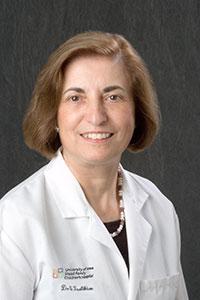
Each June, the American Diabetes Association hosts its annual scientific meeting. This meeting is the world’s largest and most important gathering focused on diabetes research, attracting over 10,000 attendees who come from across the world to hear the latest cutting edge research. This year, the University of Iowa was featured in a short video film shown at the meeting. The video focused on how the Fraternal Order of Eagles Diabetes Research Center (FOE-DRC) is advancing diabetes research . The FOE-DRC was created in 2008 when the Fraternal Order of Eagles pledged $25 million to establish a diabetes research center at the University of Iowa. With this gift, the FOE-DRC has grown to include over 100 faculty researchers from across the University. Collectively, these faculty conduct over $30 million of NIH-funded research annually. Several members of our Division are faculty in the FOE-DRC: Drs. Curtis, Larson Ode, Norris, Pinnaro, Tansey, and Tsalikian. Earlier this year, the American Diabetes Association requested that investigators at the University of Iowa help create a short video highlighting the work of the FOE-DRC. The video is now available on youtube (link to video here). The video highlights work by two members of our Division: Dr. Larson Ode and Dr. Norris, as well as several colleagues in the Division of (Adult) Metabolism and Diabetes and in the FOE-DRC.





